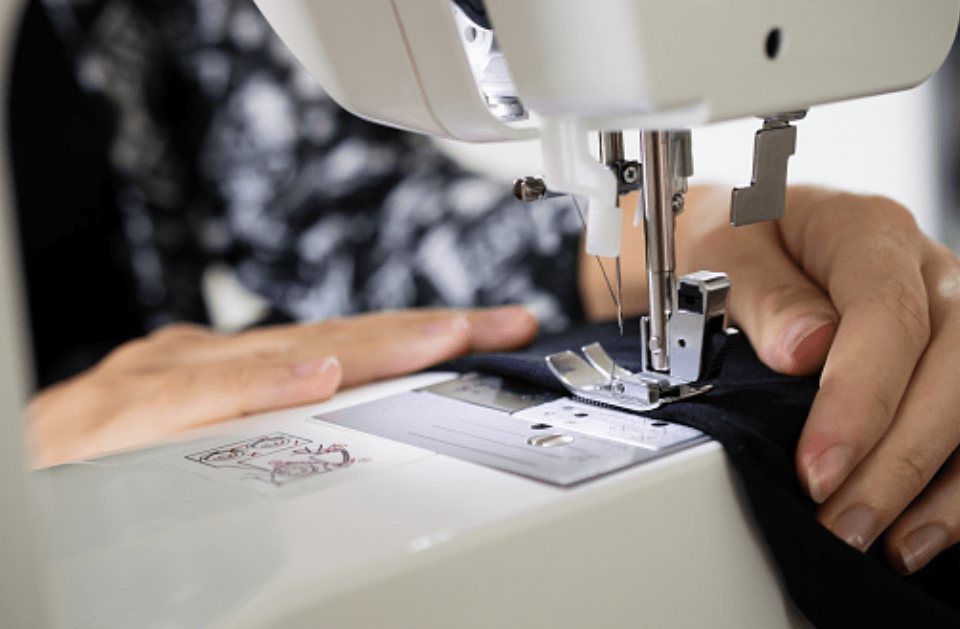When I first started working with apparel brands, I realized one common challenge kept coming up again and again: timing. No matter how brilliant your design is, if your bulk order arrives too late—or too early—you’re setting yourself up for stress, lost sales, and maybe even wasted stock. Let’s talk about how to get the timing right.
The best time for apparel brands to place bulk orders depends on the season, production lead times, and delivery method. On average, start your sampling 6–12 months ahead, confirm bulk orders 4–8 weeks before your selling season, and plan at least 7–8 months in advance for smooth logistics. Data-driven forecasting helps balance inventory and avoid costly delays.
I’ve seen too many brands rush, then regret it. With a little foresight, you can stay calm, stay in stock, and stay on schedule.
Lead Time Essentials: Why Start Sampling 6–12 Months Ahead?
Getting samples right takes longer than most people think. You’ll go from costing samples (usually 2–3 weeks) to tech packs, then pattern tweaks. Before you know it, six months—or even a full year—has gone by.
Plan your designs 6–12 months ahead of the selling season. This timeline covers sampling, revisions, and factory booking. Brands that skip this step often face delays or accept products that don’t fully meet expectations.
When I worked with a small streetwear brand in Europe, they once sent me sketches in April for a fall collection. They thought samples would be ready in “a few weeks.” Reality check: by the time we finalized the fits and embroidery details, it was already September. They ended up selling winter hoodies in spring. Lesson learned—sampling takes time.
Why so long?
- Sampling = iteration. Rarely does the first sample hit the mark.
- Factories prioritize earlier clients. If you’re late, you’re at the back of the queue.
- Fabric sourcing delays. Especially with organic fabrics, mills often need time to prepare.
Here’s a simple overview:
| Step | Typical Duration |
|---|---|
| Costing Sample | 0-1 weeks |
| Pattern Adjustment | 0-1 weeks |
| Tech Pack Finalization | 0-1 weeks |
| Final Pre-Production Sample | 2 weeks |
By the time you add them up, you see why starting 6–12 months early saves headaches. If you’re serious about sustainable fabrics like organic cotton or hemp blends, the timeline stretches even further because mills don’t always have them in stock.
Bulk Order Timing: Why 4–8 Weeks Before Season Is Crucial?
Once samples are locked, you need to place the real order. This isn’t just signing a paper; it’s securing your factory’s time.
Bulk orders should be placed 4–8 weeks before your target selling season. This window gives factories time to produce, while also leaving room for shipping by sea (eco-friendly but slow) or air (fast but costly).
I’ve watched brands who waited too long only to hear, “Sorry, our production lines are full.” Factories run on schedules, not miracles. You want your production booked before everyone else is rushing for the same season.
Planning Horizon: Why Seasonal Orders Start 7–8 Months in Advance?
For brands selling directly to consumers, the calendar matters. Customers expect summer dresses in May, not July.
Starting bulk orders 7–8 months in advance ensures stock arrives in time for your selling window. This includes fabric sourcing, factory schedules, quality checks, and logistics.
One of my clients in North America once insisted they could start in March for a back-to-school launch in August. Guess what? The containers got stuck at customs in July, and the collection landed mid-September. The parents had already finished shopping.
By thinking months ahead, you avoid those “too late” moments that can cost you a season’s revenue.
Stay Flexible: Can Pre-Season Launches Work for You?
Not every brand can—or should—follow the same rigid calendar. Especially if you’re small and nimble, you can use flexibility as an advantage.
Pre-season launches (like January for spring or June for fall) can help new brands catch buyers when budgets are still fresh, even if production windows are tighter.
This works best for designers who don’t need massive volumes but want early exposure. Think of it as showing up to the party before the crowd. Yes, the timelines are shorter and riskier, but the upside is higher attention from buyers who haven’t locked in other vendors yet.
Forecast With Data: How Do You Avoid Overstock?
Nobody wants piles of unsold clothes sitting in a warehouse. Over-ordering is just as dangerous as being too late.
The smartest brands use demand forecasting, blending past sales, trend reports, and even real-time social data, to predict the right quantities. This avoids both stockouts and wasteful overstock.
Personally, I love when brands use even simple tools—Google Trends, Shopify analytics, or past season reports. You don’t need an MBA to see that last year’s bestseller hoodie will probably sell well again if you tweak the color. Data makes timing smarter.
Conclusion
Timing isn’t just logistics—it’s survival. Start early, plan smart, and give yourself breathing room. Your future self will thank you.





